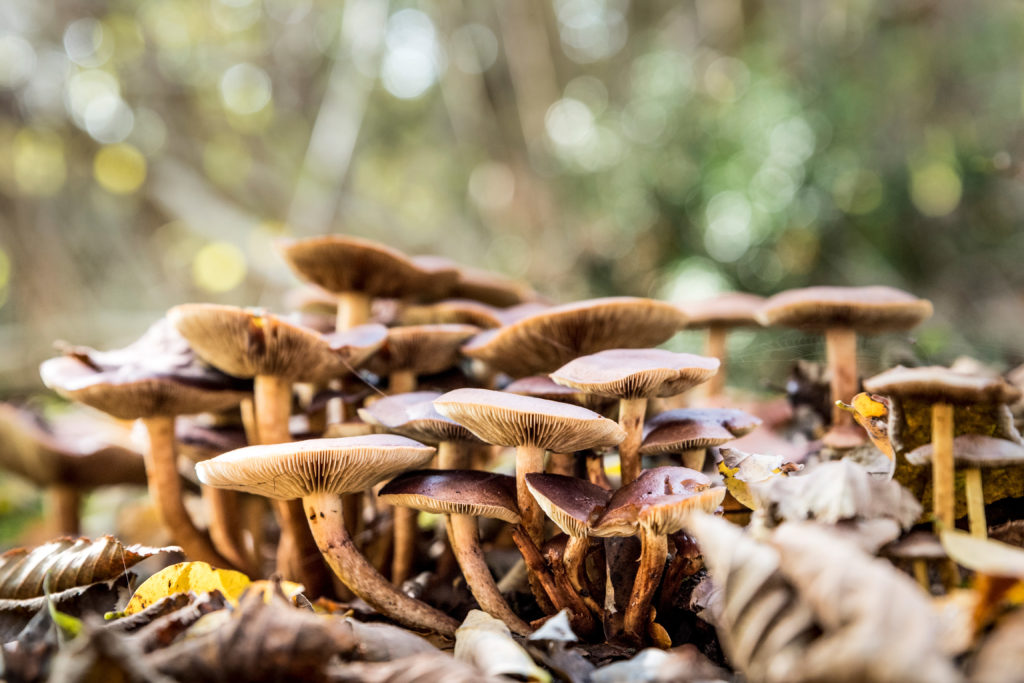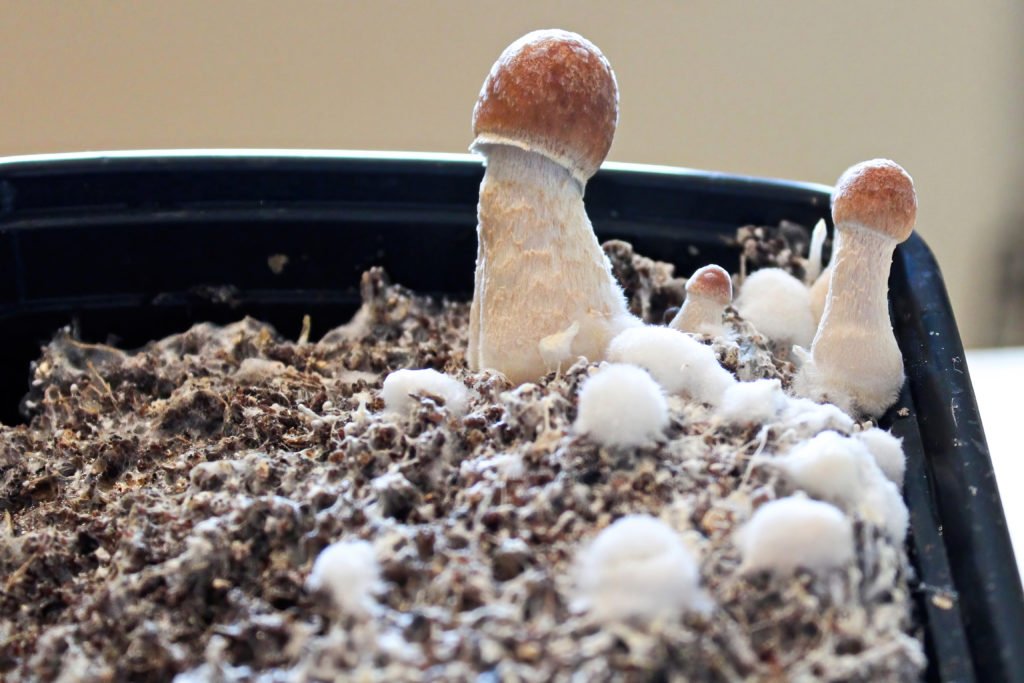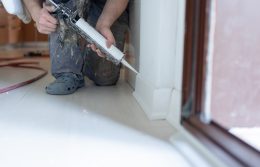How to Start an Indoor Mushroom Garden
While foraging for mushrooms could be a fun adventure, growing your own at home is easier — and less risky. Follow our guide to building a mushroom garden in your house, from cultivating and caring for your spores to harvesting them to eat.
Mushroom Growing Kits: The Shortcut
Firstly, let’s be honest: The simplest way to start your mushroom garden is to tend an already cultivated mycelium (the mushroom’s network of white, threadlike roots). Luckily, there are many types of mushroom starter kits available online. Kits will include simple instructions for growing mushrooms right on your kitchen counter. Mushrooms are typically very low-maintenance: They like to grow.
A few of our favorite kits:
- Williams Sonoma’s log kits are easy and decorative.
- North Spore’s wide variety offers something for everyone.
- Back to the Roots’ boxes are handy and eco-friendly.
- True Leaf Market carries an array of both logs and boxes.
If you’re ambitious enough to start from scratch instead of using a kit, read on!

Where to Grow Mushrooms
In nature, mushrooms are usually found growing over shadowy forest beds, around the bases of tree trunks, and in dank caves or outcrops. These environments are ideal for providing spores with the nutrients they need to develop into healthy mushrooms.
When planning a home mushroom garden, think of a place in your house that could replicate their dark, cool, and humid natural habitats. Also, keep in mind that most mushrooms require temperatures to hover at or just below 6 F. Cabinets, under the sink, and (if you have one) basements are areas of your home that can emulate mushroom-friendly conditions.
Materials for Growing Mushrooms
You’ll need a few materials for starting your little mushroom garden:
- A planting tray.
- Compost and manure to fill your tray; the right mixture will depend on the nutrient requirement of the mushroom species you are cultivating.
- A seedling heat mat and thermostat can also be helpful for encouraging the spawn to develop mycelium and stabilizing their environment.
- Spores of whatever mushroom type you wish to cultivate. Morels and oysters are great basic options, but the possibilities are endless. North Spore is a good source for exploring and buying different varietals.

How to Grow Mushrooms
1. Spawn: Fill your planting tray with your determined compost and manure mixture. Spread spores on top of mixture — you have created a spawn! Now the trick is to turn the spawn into seedlings.
2. Incubate: Place your seedling incubation mat under your tray to You’ll want to keep your spawn between 60 F and 70 F; if the soil reaches temperatures higher than 70 F, the spores could die. You may opt to place a seedling incubation mat under your tray for temperature stabilization. Cover the top of your soil with a damp paper towel and spritz with water several times a day. Keep your tray in a dark place and monitor the soil temperature with your thermostat or with a thermometer. After two to three weeks, long white threads should start to appear. These are the mycelium!
3. Grow: Remove the heating mat, if you’re using one — your babies are ready to grow on their own. Cover your new mycelium with a bit of potting soil and place your tray in the cool, dark spot you’ve found, making sure the soil temperature now stays between 55 and 60 F. Continue spraying with water several times a day and keep the paper towel on top of the potting soil damp.
4. Harvest: In about a month, you should have fully grown mushrooms ready for harvest. Harvest them daily by slicing individual mushrooms at the stem. Your mushroom garden should last for about six months.
If you’re looking for the perfect recipe for your homegrown fungi, try our mushroom risotto.
© 2022 Texas Farm Bureau Insurance



